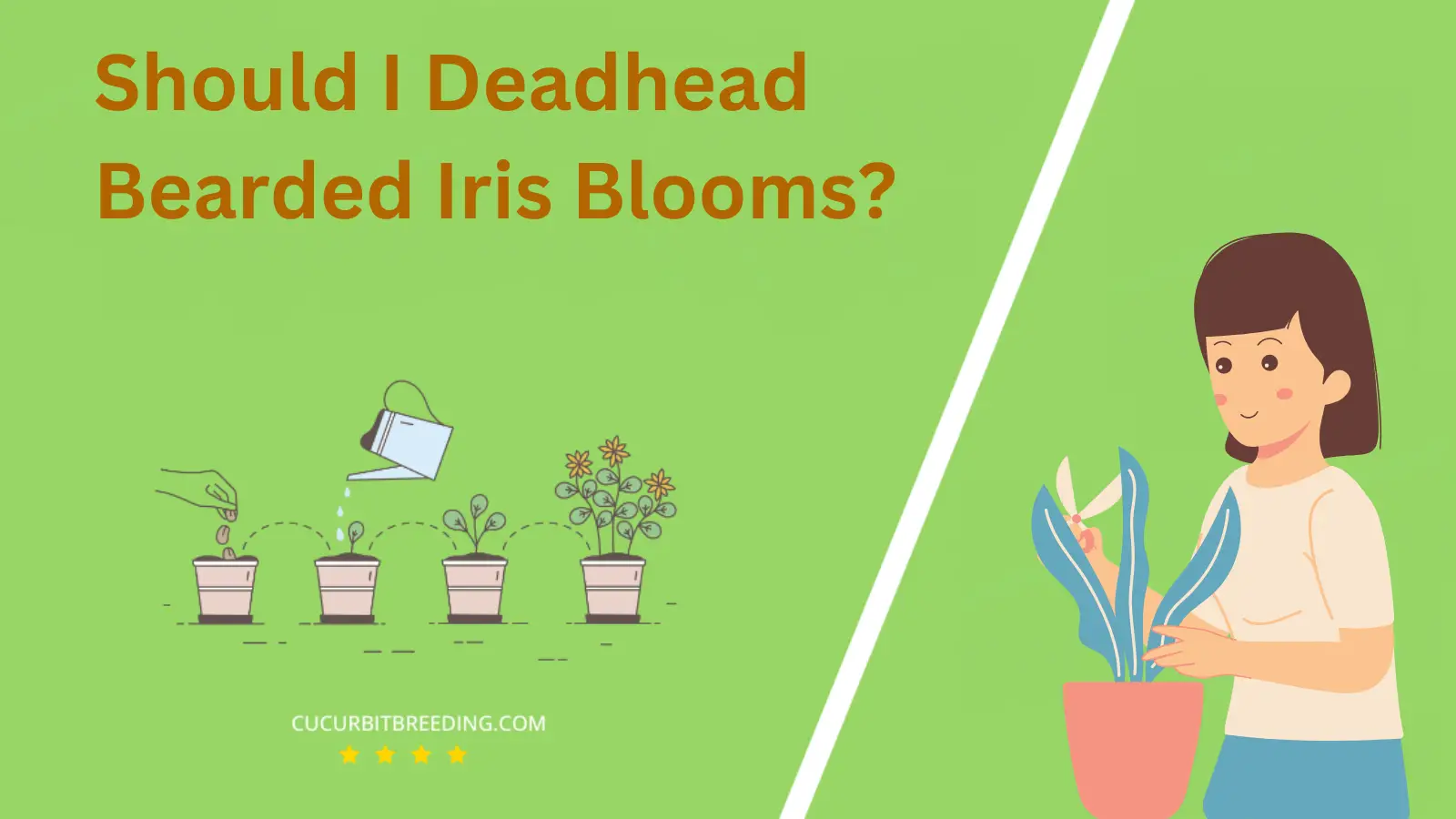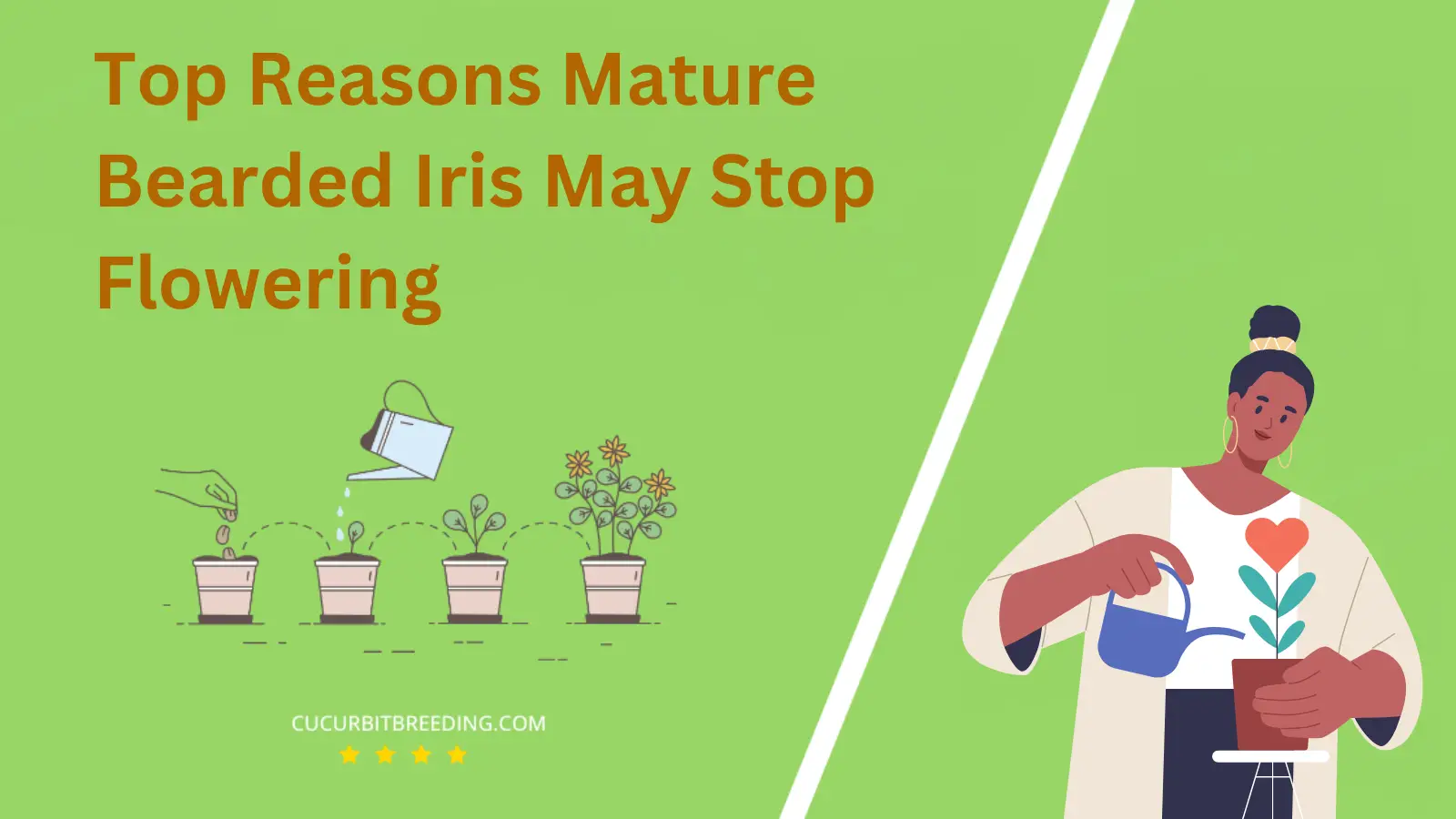
Did you know that the beautiful Bearded Iris has a specific blooming period? If you’re a gardener or nature enthusiast, you’ve probably wondered, “When do Bearded Iris bloom?” Well, you’re not alone.
This question is quite common and for good reason. The timing of the bloom can greatly impact the vibrant display these flowers offer. Let’s delve into the fascinating world of Bearded Iris and their blooming habits.
When Do Bearded Iris Bloom?
Bearded Iris typically bloom from late spring to early summer, depending on the climate and variety. Some types also re-bloom in late summer to fall. Be sure to plant them in well-draining soil and full sun to ensure the best flowering results.
| Stage | Description |
|---|---|
| Germination | Spring (March-May) |
| Growth | Spring (March to May) |
| Blooming | Spring (April-May) |
| Dormancy | Winter (December-February) |
How Long Do Bearded Iris Bloom?
Bearded Iris typically bloom for a period of two to four weeks. This generally occurs in late spring or early summer. However, the exact blooming time can depend on various factors like variety, climate, and care practices. Some re-blooming varieties may bloom again in the late summer or early fall.
How Light Affects Bearded Iris Blooms?
Light tremendously affects the blooming of Bearded Iris plants. Full sunlight is the key requirement for bearded irises to bloom profusely. The plant requires at least 6 hours of direct sunlight every day. In insufficient light, the plant may grow but will not bloom properly.
However, in areas with extremely hot climates, partial shade during the hottest part of the day can help prevent the blooms from fading. Even so, the placement of the plant should still allow it to get the required amount of sunlight for healthy growth and blooming.
Will Bearded Iris Bloom the First Year You Plant Them?
Yes, Bearded Iris typically bloom the first year you plant them, given that they are planted early enough in the year and under the correct conditions. However, the bloom may not be as abundant as in the following years. The full bloom cycle for these plants usually reaches its peak in the second year after planting.
Will Bearded Iris Bloom Every Year?
Yes, Bearded Irises will bloom every year. They are a perennial plant, meaning they live more than two years, and they bloom once or twice a year, typically in late spring or early summer. However, for them to bloom consistently, they require proper care such as sufficient sunlight, well-drained soil, and regular division every three to four years to prevent overcrowding.

Should I Deadhead Bearded Iris Blooms?
Yes, you should deadhead Bearded Iris blooms. Deadheading, or the removal of spent flowers, helps the plant to conserve energy that it would otherwise use to produce seeds. This can promote more vigorous growth and potential reblooming. However, be careful not to remove the stalk entirely until it has yellowed and died back naturally, as it continues to photosynthesize and provide energy to the plant.
Top Reasons Mature Bearded Iris May Stop Flowering

The mature bearded iris may stop flowering due to a variety of reasons. Overcrowding is a common cause, as iris plants need space to grow and bloom. If the iris clump becomes too large, it may need to be divided and replanted.
Another reason could be insufficient sunlight. Irises require at least six hours of direct sunlight every day. If they are in a shady area, they may not produce flowers. Similarly, poor soil conditions, specifically those that are too heavy or too wet, can hinder blooming.
Lastly, inadequate or improper fertilization can also affect the blooming of irises. It’s crucial to use a low-nitrogen fertilizer and refrain from over-fertilizing, which can lead to lush foliage at the expense of blooms.
In conclusion, to ensure blooming, the bearded iris requires proper spacing, sufficient sunlight, ideal soil conditions, and appropriate fertilization.